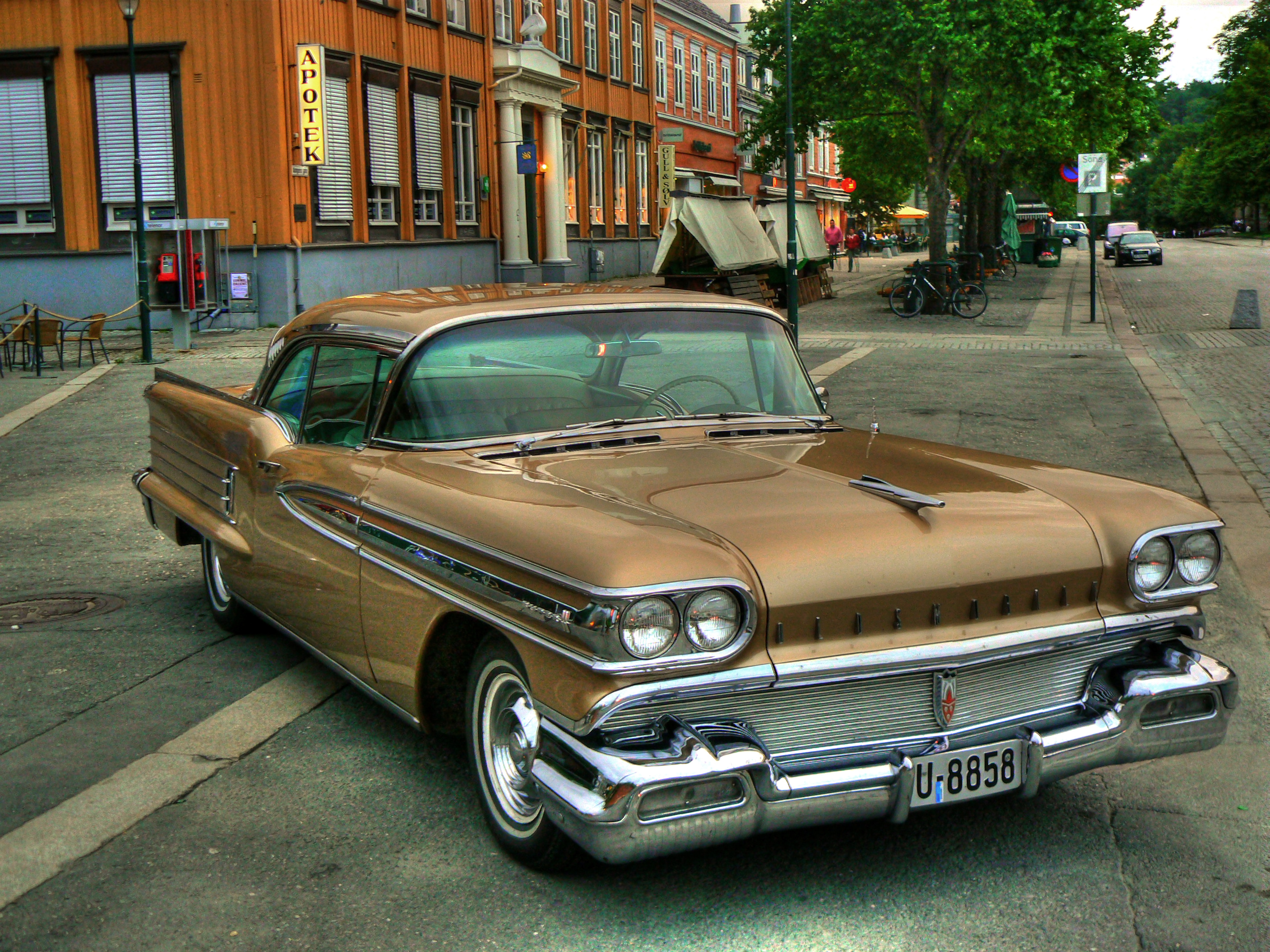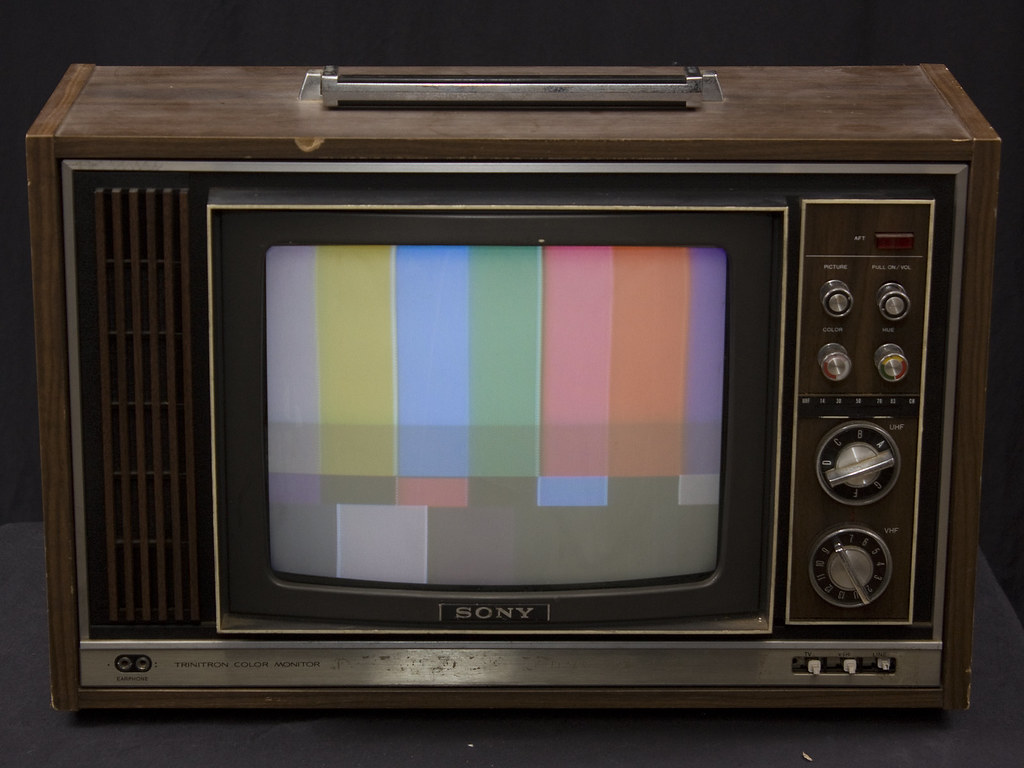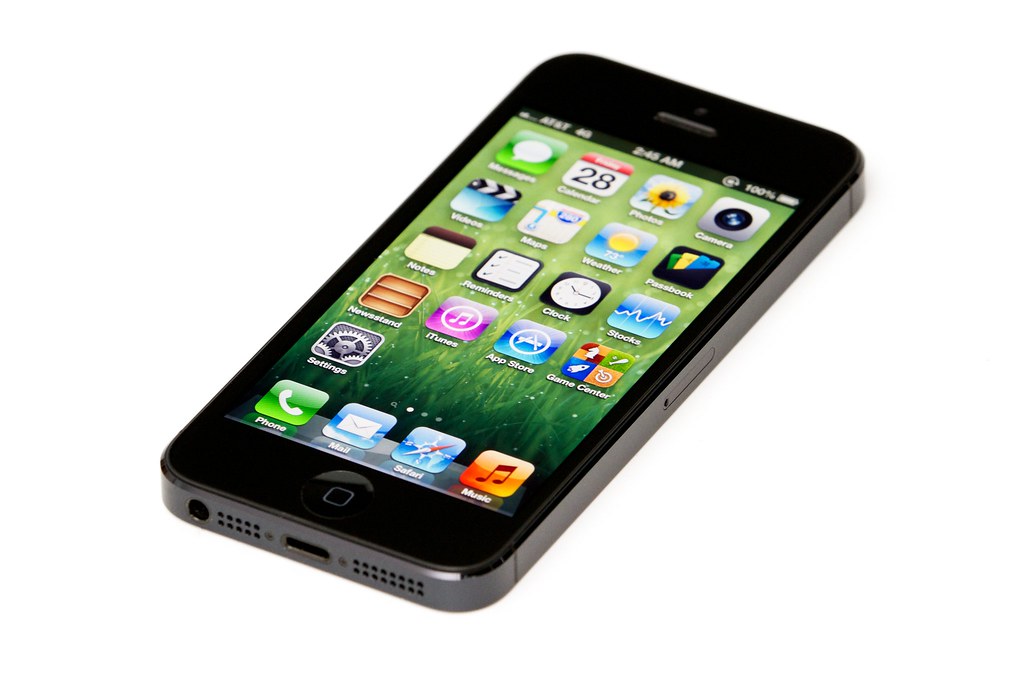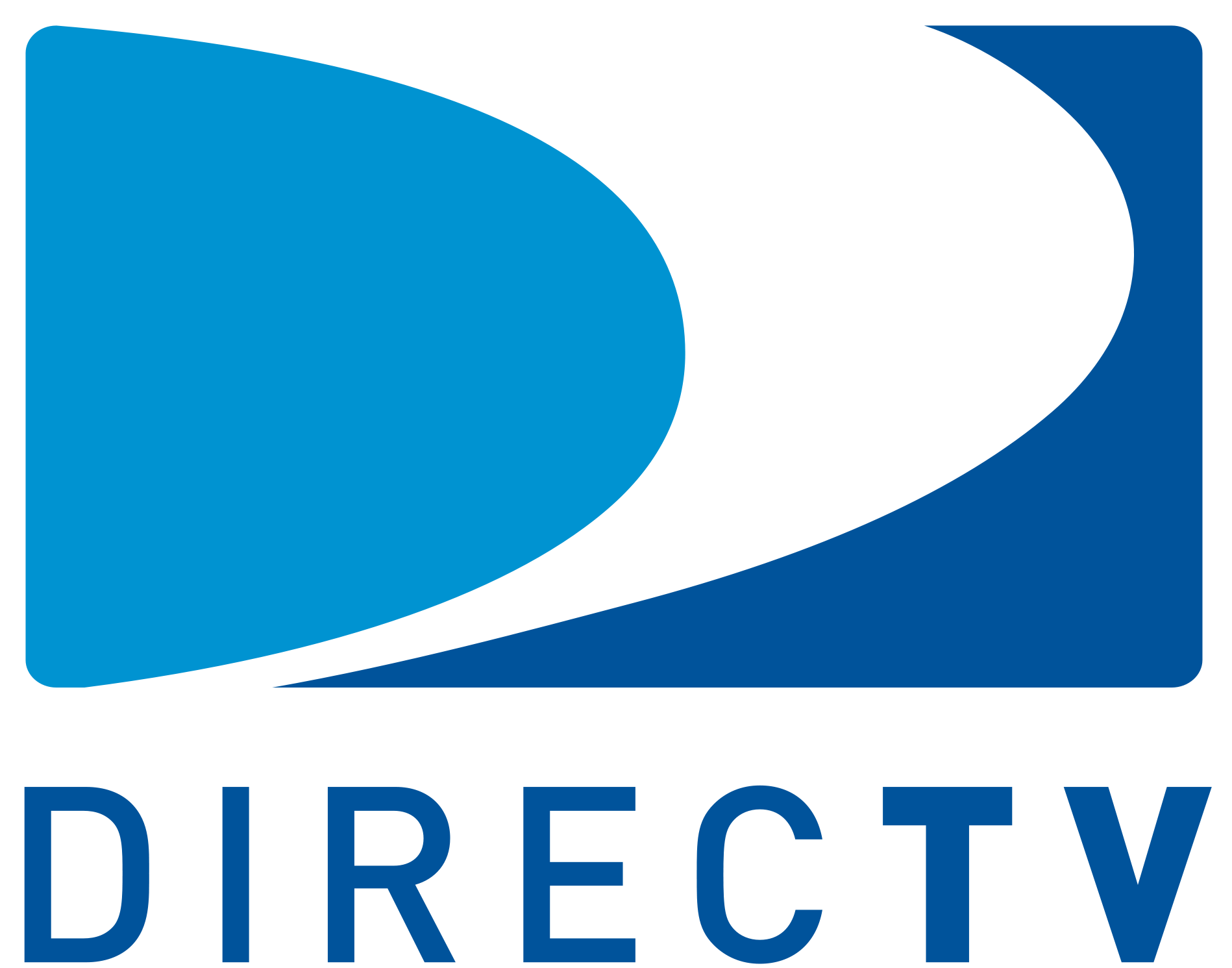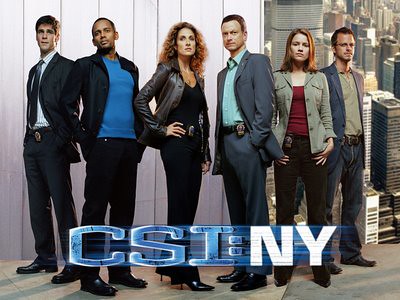One major issue that has recently been brought up in advertising has been eating disorders. Many say that the models that advertise popular beauty products, such as shampoo, makeup, etc., have given girls and women an unrealistic standard of beauty. The models in these advertisements are much thinner than the average woman.
Another huge criticism of advertisements has been its promotion of tobacco. Tobacco companies have done a great job of targeting certain consumers. For example, the Joe Camel cartoon character was updated to attract a younger crowd. Joe Camel had sunglasses and hip clothing, emulating the cool, hip person you could be when smoking his brand of cigarette.
Tobacco companies have tried to target other groups as well, but have failed in the process. In the mid-1990s, the government became involved with tobacco advertising. New reports showed that tobacco companies had known that nicotine was addictive in the early 1950s and never told the public. Agreements were made between the tobacco companies and the government. One of the provisions of the agreement banned the use of cartoon characters in advertising. It also prohibited sponsorship of many events by the companies and banned the companies from giving away tobacco merchandise. These provisions crippled the tobacco companies only a little. People were still aware of the different brands of tobacco and still bought their favorite brands.
 |
| Joe Camel turned into a super cool character. His new look attracted many from the younger generation. From: https://c2.staticflickr.com /4/3843/14816055091_c809b21bf2_b.jpg |
Tobacco was not the only product that was and still is under scrutiny by the public. Alcohol was and is to this day under scrutiny. Just like tobacco ads, alcohol ads have been restricted. They no longer use cartoon characters to attract a younger crowd.
Instead, beer companies have found a clever way to advertise their brands. Coors and Miller employ student representatives to get their brands out there or as they call it "brand awareness". These students tell the beer companies when their college or university is holding a special event that might be linked to a beer label. Alcohol companies have found creative ways to reach their target audiences. Even though restrictions have been placed, alcohol advertisements are still an issue with many.
 |
| Alcohol advertisements have been under scrutiny for heavily targeting college students. From: https://upload.wikimedia.org/wikipedia /commons/7/7a/Alcoholic_beverages.jpg |
It is easy to blame advertisements for the problems in the world. Some can say alcoholism is rampant because of the many different alcohol commercials. Others can say tobacco ads are causing lung cancer and eventually death. Advertisements do influence us. We see an ad and are instantly affected by it. Beauty products, tobacco, and alcohol ads are major issues in advertising. Until we, the consumers, realize that advertisements do not have to control our lives, the ads will have an ever-lasting effect on all of us.
